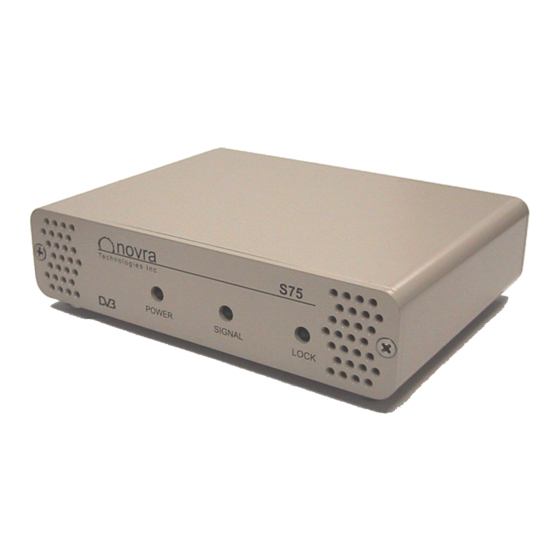KE7IZL
Member
I would like to use a simple SDR (such as RTL-SDR) to receive satellite signals. The problem is the upper frequency of these is only 1.7GHz, while satellites for which there are commercially available LNBs are either 5GHz (C-band) or 12GHz (Ku-band). Now of course there's the issue of powering the LNB. Inside every commercially available satellite TV receiver is a DC injector or bias-T that injects 12 or 18 volts into the coax to power the satellite dish's LNB, and then separates the DC from the received signal to send to the rest of the receiver's circuits. The exact voltage used configures the LNB to receive either horizontal or vertical polarized signals (or for a circularly polarized LNB it configures it for either right-hand or left-hand circular polarization).
Unfortunately there's no way to actually divert the received RF out of commercially available satellite TV receivers (so that I could put the RF into an SDR), so if I want to use such an LNB for satellite reception with an SDR, I will need some kind of external bias-T. The problem with that is that the bias-T devices I've seen being sold for use with the SDR hobby community (including some SDRs like the hack-RF which has a built-in one) seem to only output 5 volts (for powering either an external RF amp, or powering the Ham-it-up up converter for receiving HF signals with a VHF/UHF SDR). This won't allow me to send 12 or 18 volts down the coax, and 5 volts is simply not enough to power an LNB.
I looked around and found nothing commercially available that would let me do what I need to power an LNB. While I did find this MFJ-4119N,BIAS TEE, HF/VHF/UHF, 1-50VDC, 1A,PWR INJECTOR, N from MFJ, it has 2 problems. First, it's a discontinued product. Second, the manual https://cdn.shopify.com/s/files/1/0289/7782/3843/files/MFJ-4119.pdf?v=1586534125 says it can only go up to 450MHz but the output of a satellite LNB is between 950MHz and 1750MHz, so even if it was still for sale, this bias-T's builtin lowpass filter would block the required 950MHz to 1750MHz signal from the LNB from ever reaching my SDR.
So this leaves me in a troubling situation. There seems to be no commercially available external bias-T that allows injecting 12 to 18V while not blocking the LNB's signal between 950MHz and 1750MHz. So I'm stuck without the ability to actually explore satellite signals with my SDR.
If anybody knows of a company that actually makes bias-Ts that would meet the specs I need, please let me know.
Unfortunately there's no way to actually divert the received RF out of commercially available satellite TV receivers (so that I could put the RF into an SDR), so if I want to use such an LNB for satellite reception with an SDR, I will need some kind of external bias-T. The problem with that is that the bias-T devices I've seen being sold for use with the SDR hobby community (including some SDRs like the hack-RF which has a built-in one) seem to only output 5 volts (for powering either an external RF amp, or powering the Ham-it-up up converter for receiving HF signals with a VHF/UHF SDR). This won't allow me to send 12 or 18 volts down the coax, and 5 volts is simply not enough to power an LNB.
I looked around and found nothing commercially available that would let me do what I need to power an LNB. While I did find this MFJ-4119N,BIAS TEE, HF/VHF/UHF, 1-50VDC, 1A,PWR INJECTOR, N from MFJ, it has 2 problems. First, it's a discontinued product. Second, the manual https://cdn.shopify.com/s/files/1/0289/7782/3843/files/MFJ-4119.pdf?v=1586534125 says it can only go up to 450MHz but the output of a satellite LNB is between 950MHz and 1750MHz, so even if it was still for sale, this bias-T's builtin lowpass filter would block the required 950MHz to 1750MHz signal from the LNB from ever reaching my SDR.
So this leaves me in a troubling situation. There seems to be no commercially available external bias-T that allows injecting 12 to 18V while not blocking the LNB's signal between 950MHz and 1750MHz. So I'm stuck without the ability to actually explore satellite signals with my SDR.
If anybody knows of a company that actually makes bias-Ts that would meet the specs I need, please let me know.




